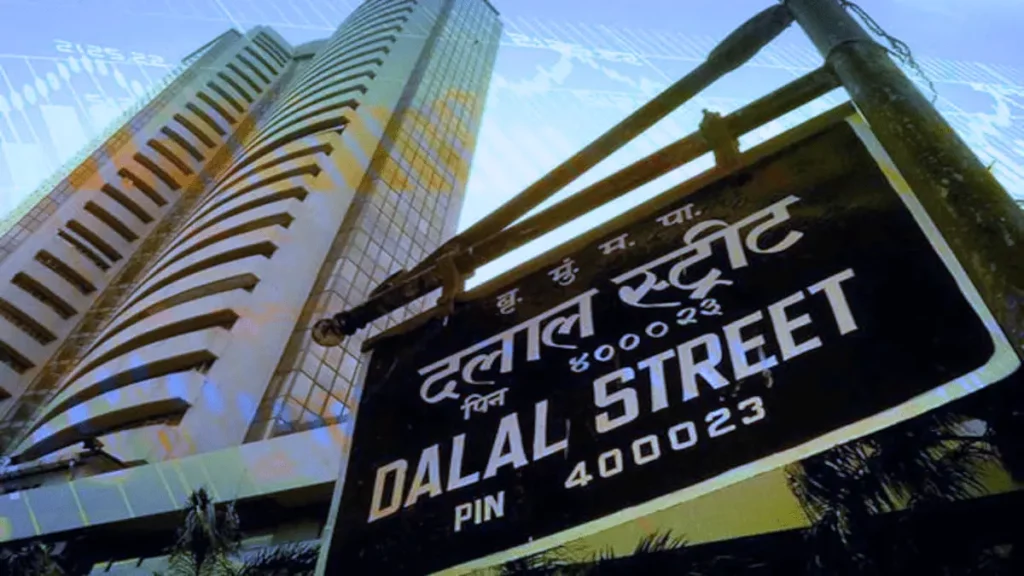In its most recent monthly economic report, the Finance Ministry stated that India faces near-term problems in managing its fiscal deficit due to a variety of global challenges.
It also stated that increased welfare and subsidy spending, as well as a reduction in gasoline excise duty, had increased the gross budget deficit risk.
“As government revenues take a hit following cuts in excise duties on diesel, and petrol, upside risk to the budgeted level of gross fiscal deficit has emerged. An increase in fiscal deficit may cause the current account deficit to widen, compounding the effect of costlier imports, and weakening the value of the rupee,” said the Finance Ministry.
In its monthly economic report, the Ministry of Finance reiterated India’s position, saying that the country faces little risk of stagflation due to its cautious stabilisation efforts.
“The momentum of economic activities sustained in the first two months of the current financial year augurs well for India continuing to be the quickest growing economy among major countries in 2022-2023,” the report stated.
Regarding the global rise in oil prices, the report stated that the imported components of high retail inflation in India have mostly been elevated global crude and edible oil costs, adding that the start of the summer heat wave has also contributed to the rise in local food prices.
According to the report, international crude prices, however, may be tempered in the future as global development slows and the Organization of Petroleum Exporting Countries (OPEC) boosts supply.
The report claims that the Indian economy has fully regained its pre-pandemic real GDP level in 2021-22, stating that real GDP growth in 2021-22 is 8.7%, 1.5% higher than real GDP growth in 2019-20.
“The provisional estimates of GDP released on 31st May 2022 have reaffirmed Indian economy’s complete recovery over the pre-pandemic level, although contact intensive sectors are yet to recover. The recovery is driven by sustained growth in agriculture, higher investment and rise in exports,” the report stated.


